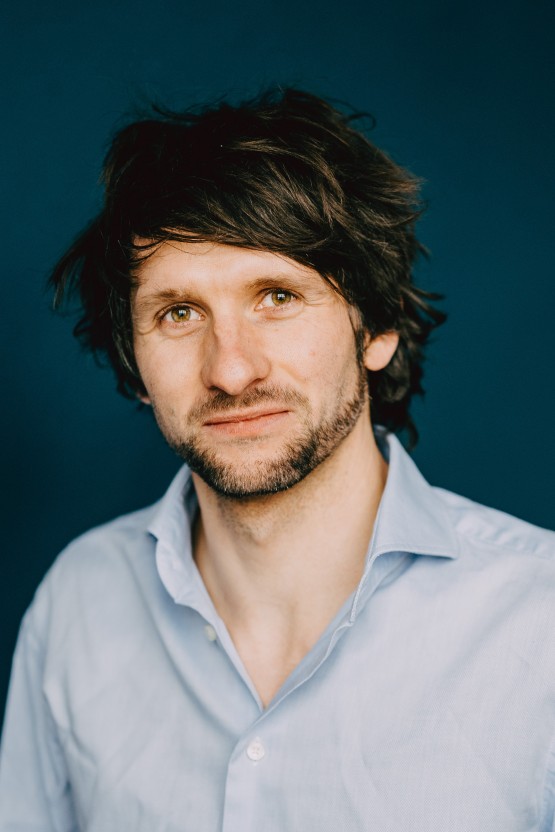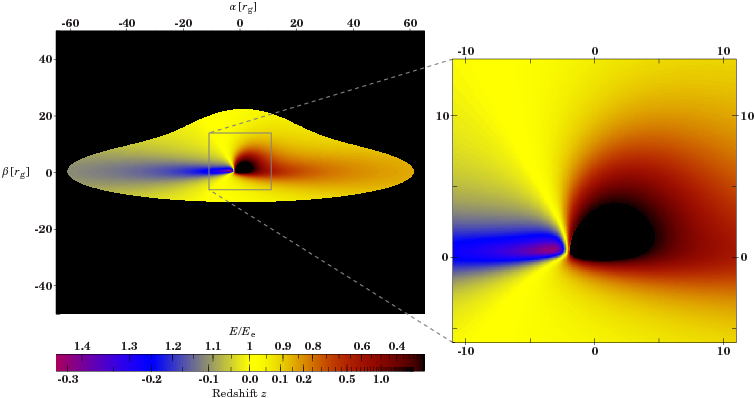Astrophysicist
I work as a research scientist at the Dr. Karl Remeis Observatory in Bamberg (ECAP, University of Erlangen-Nuremberg), where I am currently pursuing my habilitation. I am member of the Athena WFI, Athena X-IFU, eROSITA, and BLACKSTAR collaboration and Co-I of the Athena X-IFU.
Black Hole Physics
My main focus of research is studying high energy processes around black holes to further our understanding of their immediate vicinity in the presence of strong gravity. As a major contribution, for example, I devolped the relxill model, which predicts the relativistic reflection of X-rays at the inner accretion disk in these objects.
X-ray detector simulations
I am also contributing to the development of scientific X-ray detectors by the development of the end-to-end simulator SIXTE for current and new missions such as Athena, XRISM, eROSITA, or XMM-Newton.





